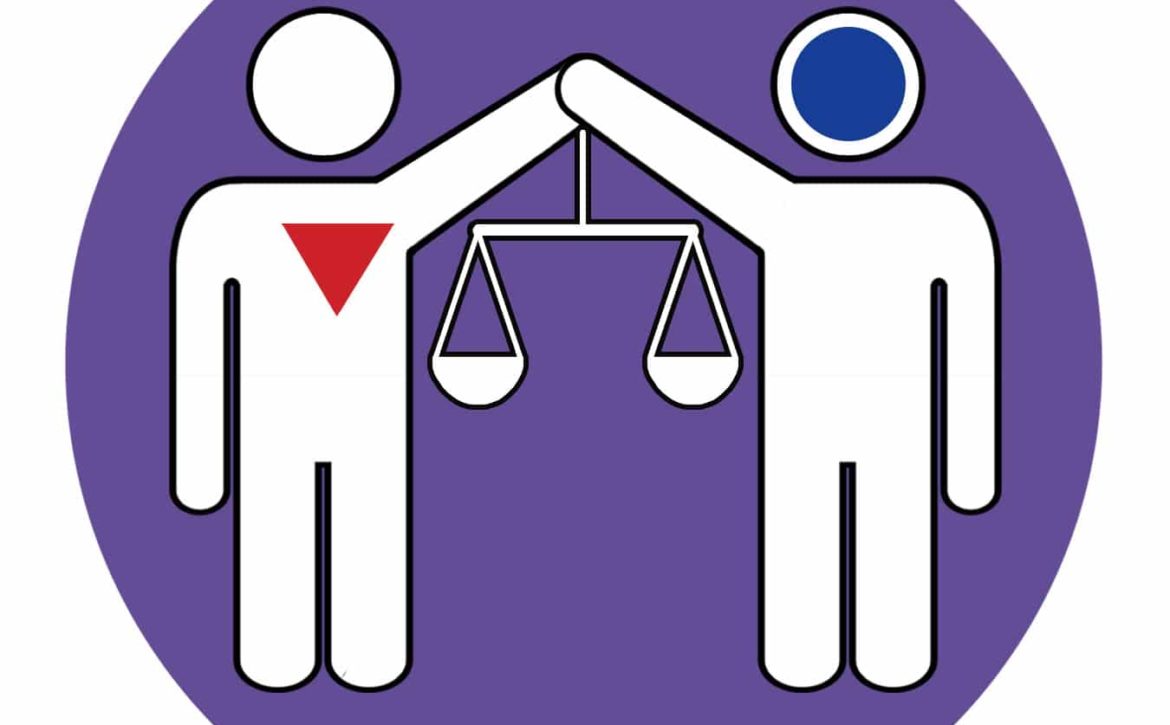
Judicial reform and justice: A simplified view
VIEWS FROM THE RIDGE
Justice Arturo D. Brion, Chancellor, Philippine Judicial Academy
In contemplating judicial reforms, the questions that one inevitably encounters relate to the “what, when, where, and how” of the reforms or changes to be introduced. These questions themselves unavoidably give rise to the question of standards – by what measure should reforms or changes be made?
In short, if there are to be reforms in the judiciary, what standards should be applied to ensure that these reforms or changes are the ones called for? This line of questions, even if unstructured, inevitably ends up with the question of justice – what is justice and what is the justice that the judiciary should aspire for?
To be sure, the term “justice” is ever present in our legal system. Our Constitution alone repeatedly uses the term. It is in the Constitution’s Preamble – our society shall exist “under the rule of law and a regime of ‘justice’”together with the other values the country treasures – “truth, freedom, love, equality and peace.”
In the Declaration of Principles and State Policies (Article II), the nation should ideally adhere to the policy of peace, equality, “justice,” freedom, cooperation and amity with all nations. Section 10 provides that “[t]he State shall promote ‘social justice’ in all phases of national development.”
Article VIII on the Judicial Department (which defines judicial power to include “the duty of the courts of justice to settle actual controversies”) provides under its Section 4 that the Supreme Court shall be composed of a “Chief Justice” and fourteen “Associate Justices.”
In this manner, the formal title of “Justice” is related to the power to resolve actual controversies. Further on, Article VIII requires that a justice, as a member of the Judiciary, must be a person of proven competence, integrity, probity and independence.
“Justice” as a concept, to be sure, is not easy to fully grasp, as it can be understood under various meanings based on perspectives of history, societal setting, intent or purpose, among others.
Some understand the term as a command from God, or at a lower societal setting, as an agreement among the members of a society. This is the concept of justice under the Constitution, our governing law, understood as an agreement that the people approved and ratified.
From the standard of utility or usefulness, justice is based on the best outcomes for the greatest number of people (“ang nakabubuti sa nakararami”). Thus, a matter (or in judicial reform, a change) satisfies justice if it benefits the greater number of people in our society.
From the point of view of retribution, justice is the penalty imposed on those who committed specific wrongs against society or its members (thus the cry of families of murder victims, “hihingi ng katarungan” to rectify, or in some cases, to avenge, a murder). In many cases, victims cry out as well for the restoration of a suffered deprivation. This may take the form of the damages demanded or ordered in civil claims for wrongful injuries.
From the perspectives of society and its members (as our Constitution stresses), justice can refer to the relationship of society as a whole with its members, or social justice. Ultimately, this kind of justice exists for the sake of both the society and the individuals; it provides society with harmony and stability, while recognizing what society needs to do to uplift its members and, ultimately, also itself if the interests of its members are properly addressed.
The widest and most common understanding of justice is as a matter of “fairness” or giving everyone his due, based either on merits or on needs depending on the social sense prevailing in a community, or as a mix of the many existing theories of justice in a community.
Libertarian communities, for example, may use individual needs as a standard, while meritocractic ones favor justice based on an individual’s role or contribution to society. At the individual level, fairness carries its own widely felt meaning that may be cultural or even instinctive.
In the judiciary, whose constitutional function is the adjudication of actual controversies arising from violation of rights, the prevailing norm should be equality before the law, i.e., in: (1) administering the system of resolving disputes; (2) in interacting and the relationship with disputing litigants, and (3) most importantly, in interpreting and applying the law to actual disputes.
These concerns alone, in one way or another, take into account the various theories of justice mentioned above, and are the concerns that the public, even those unfamiliar with the law, would recognize and appreciate.
The judiciary, for its part, can ensure that equality before the law and fairness would prevail by considering these concerns (1) in the manner the courts render their decisions; (2) in the substance of the decisions rendered; (3) in providing rules regulating the adjudicative process (the Rules of Court); (4) in providing rules for the protection of constitutional rights that the Constitution imposes (such as the rules on the writs of amparo, habeas corpus, habeas data or kalikasan); and (5) in relating with or communicating with the public.
The judiciary can hardly go wrong in undertaking reforms if it keeps these thoughts, specifically, the standards and meanings of justice, in mind.
(ch.art.philja@gmail.com)
Read More


